Austin, TX

Mike Taylor, Opera Software

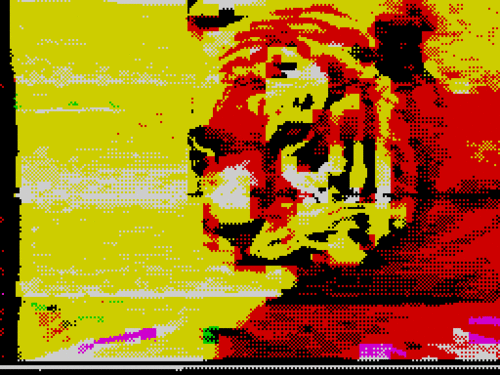
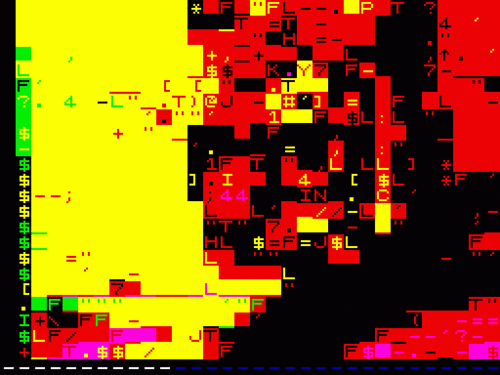

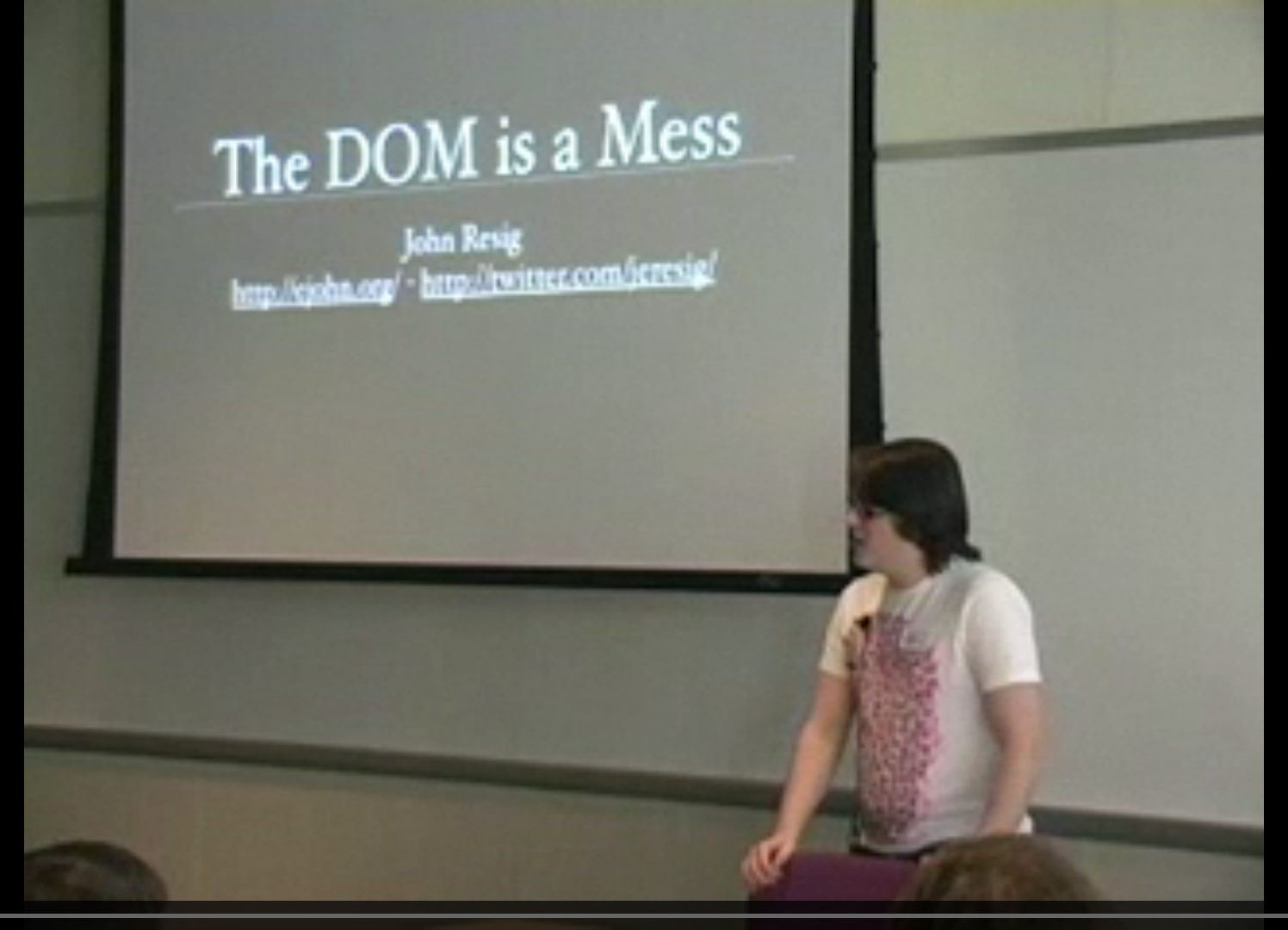


A collection is an object that represents a lists of DOM nodes. A collection can be either live or static. Unless otherwise stated, a collection must be live.
interface NodeList {
getter Node? item(unsigned long index);
readonly attribute unsigned long length;
};
Node.childNodes
document.getElementsByName
document.getElementsByTagName
document.getElementsByTagNameNS
document.links
document.getElementsByName
document.getElementsByClassName
element.getElementsByClassName
document.querySelectorAll*
element.querySelectorAll*
*static NodeList
interface HTMLCollection {
readonly attribute unsigned long length;
getter Element? item(unsigned long index);
getter object? namedItem(DOMString name);
};
HTMLAllCollection, HTMLFormControlsCollection, HTMLOptionsCollection, HTMLPropertiesCollection
document.anchors
document.applets
document.forms
document.images
document.links
formElement.elements
selectElement.options
tableElement.rows
tableElement.tBodies
tableRowElement.cells
document.embeds
document.plugins
document.scripts
document.all*
*obsolete but awesome
var item = document.getItems("http://itemtype/URL")[0]
item.properties.foo
item.getValues()


The value must be unique amongst all the IDs in the element's home subtree and must contain at least one character. The value must not contain any space characters.
<p id="#">Eeny
<p id="⌘⌥">Meeny
<p id="♥">Miny
<p id="©">Moe
<p id="{}">Catch
<p id="“‘’”">A
<p id="༼༭ຶཬ༤ຶ༽">Tiger
<p id="¯\_(ツ)_/¯">#YOLO

The attribute, if specified, must have a value that is a set of space-separated tokens representing the various classes that the element belongs to.
The DOMTokenList interface represents an interface to an underlying string that consists of a set of space-separated tokens.
interface DOMTokenList {
readonly attribute unsigned long length;
getter DOMString? item(unsigned long index);
boolean contains(DOMString token);
void add(DOMString... tokens);
void remove(DOMString... tokens);
boolean toggle(DOMString token);
};
Element.classList.length
Element.classList.item(index)
Element.classList.contains()
Element.classList.add()
Element.classList.remove()
Element.classList.toggle()
*View Source. Go crazy.

Returns a DOMStringMap object for the element's data-* attributes.
Hyphenated names become camel-cased.
For example, data-foo-bar="" becomes element.dataset.fooBar.
The DOMStringMap interface represents a set of name-value pairs.
interface DOMStringMap {
getter DOMString (DOMString name);
setter void (DOMString name, DOMString value);
creator void (DOMString name, DOMString value);
deleter void (DOMString name);
};
<button data-text="Web Workers">W</button>
function showText(element){
someDiv.textContent = element.dataset.text;
}

All HTML elements may have the hidden content attribute set. The hidden attribute is a boolean attribute. When specified on an element, it indicates that the element is not yet, or is no longer, relevant. User agents should not render elements that have the hidden attribute specified.
If you want to hide content from all users, use the HTML5 hidden attribute (along with CSS display:none for browsers that do not yet support hidden) There is no need to use aria-hidden. (link)
<img hidden src="super-offensive.jpg alt="[redacted]">
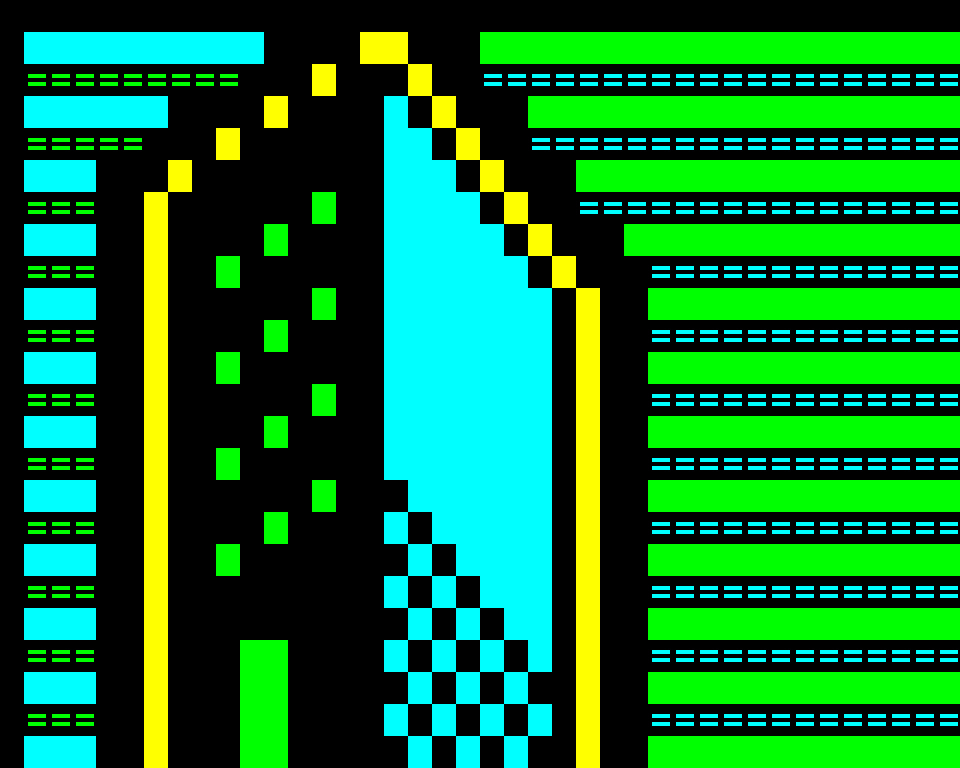
Element.prepend()
Element.append()
Element.before()
Element.after()
Element.replace()
Element.remove()
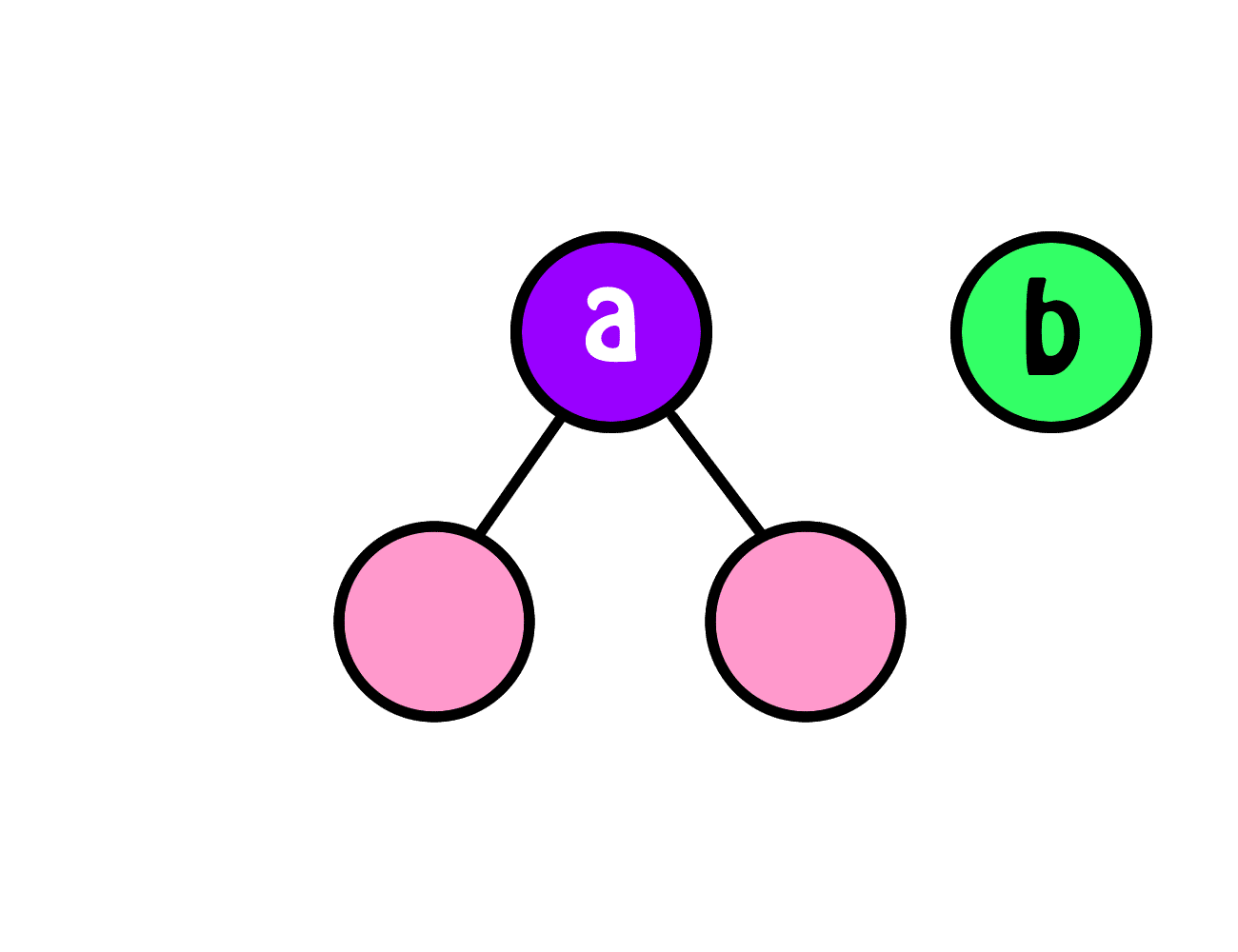
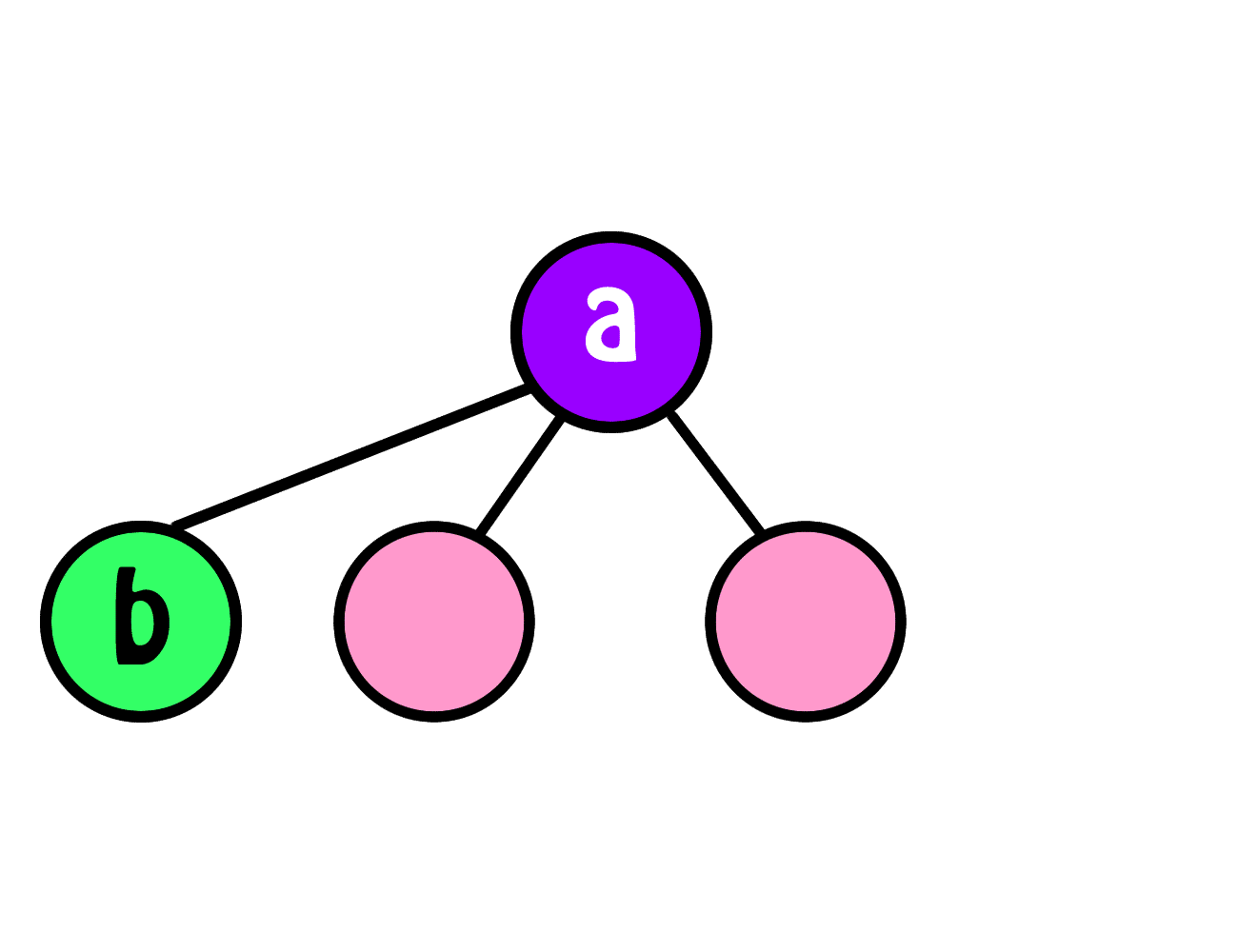
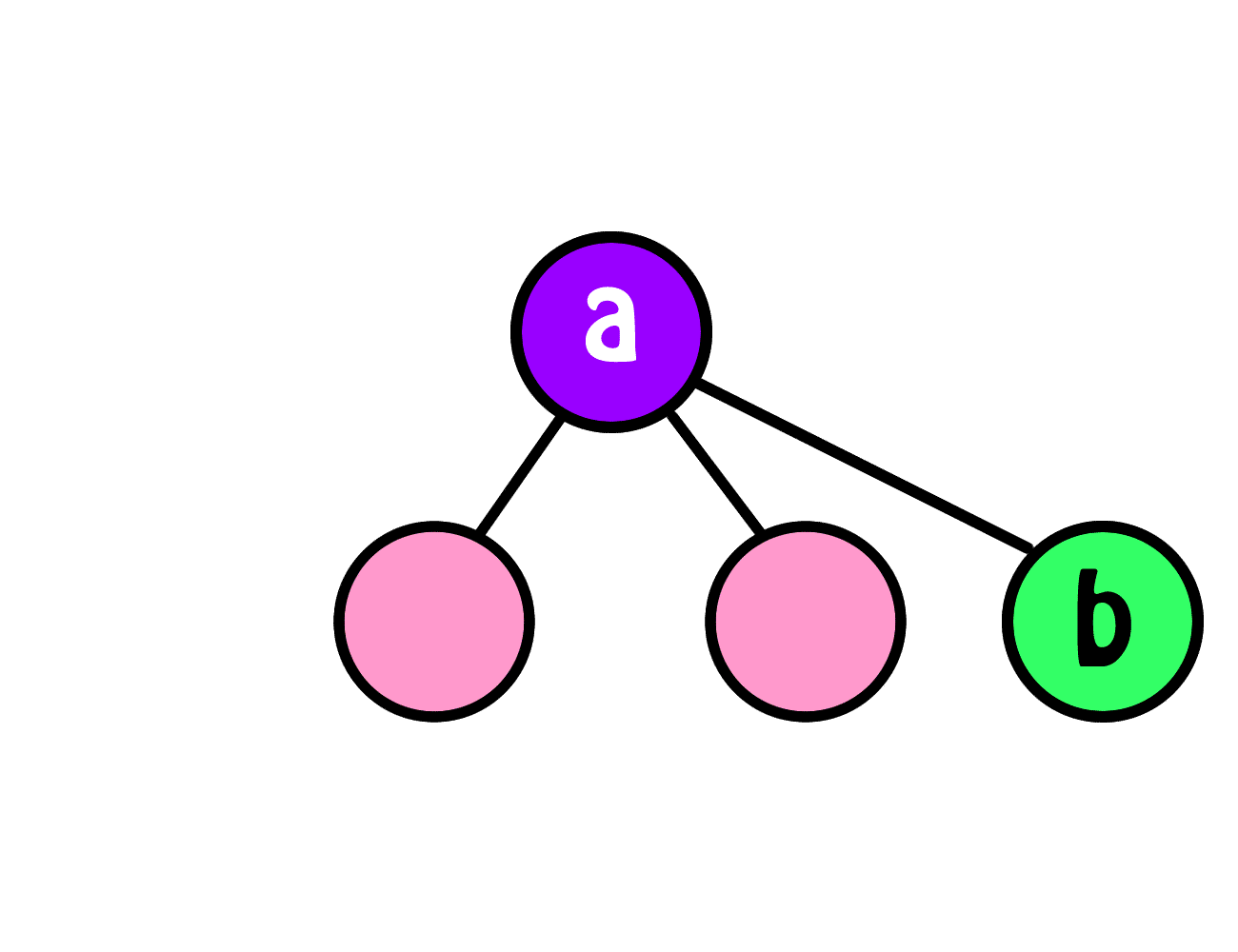
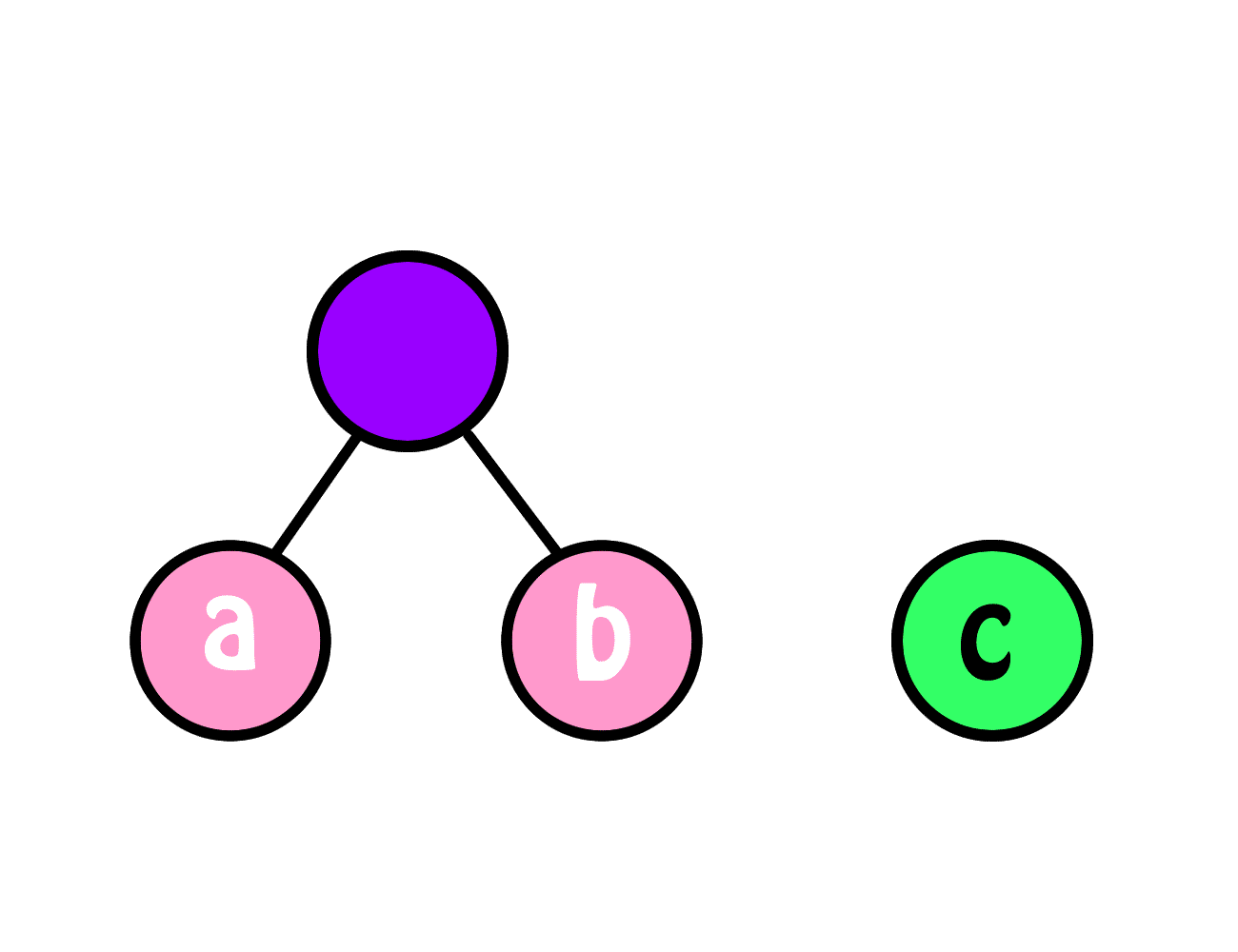


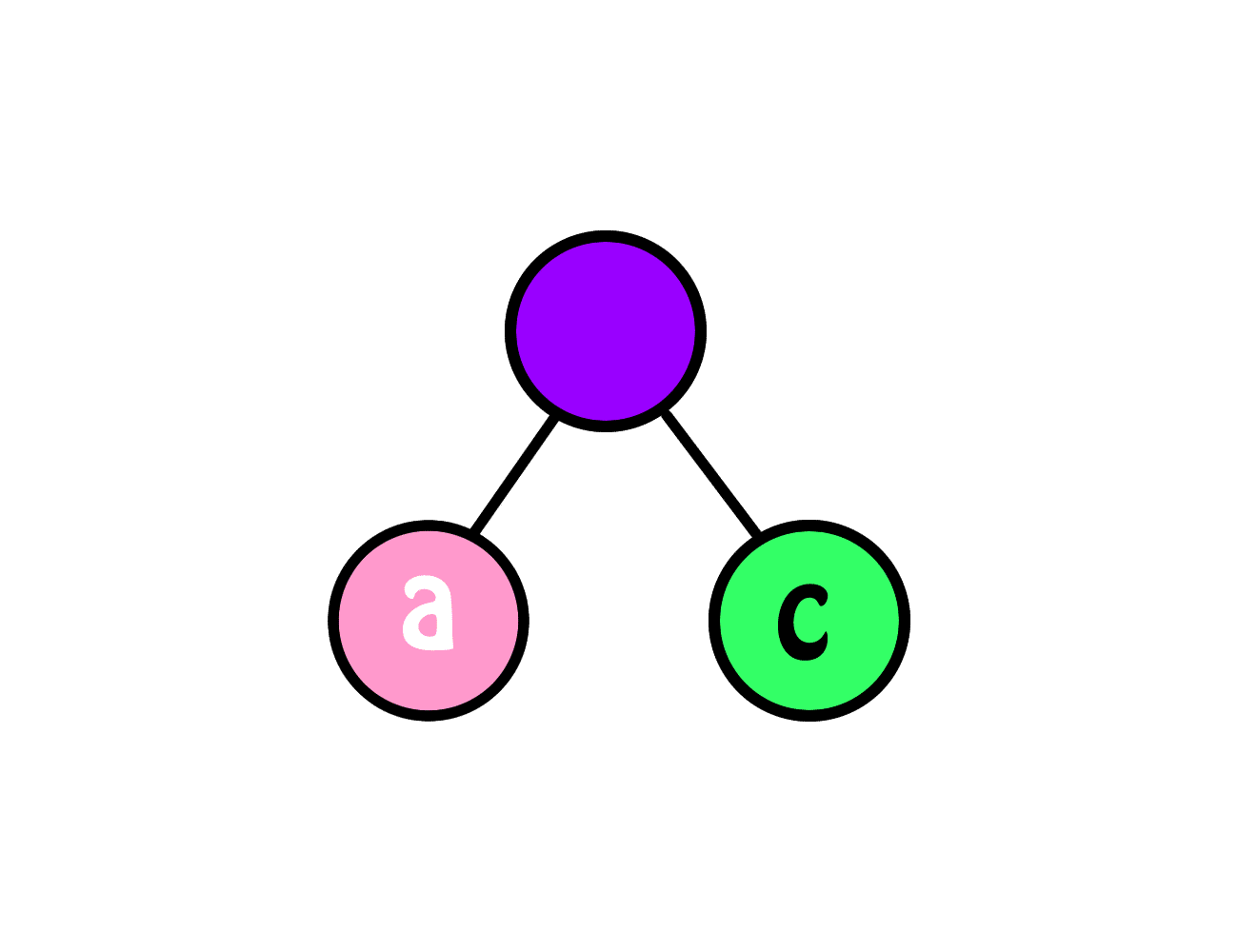
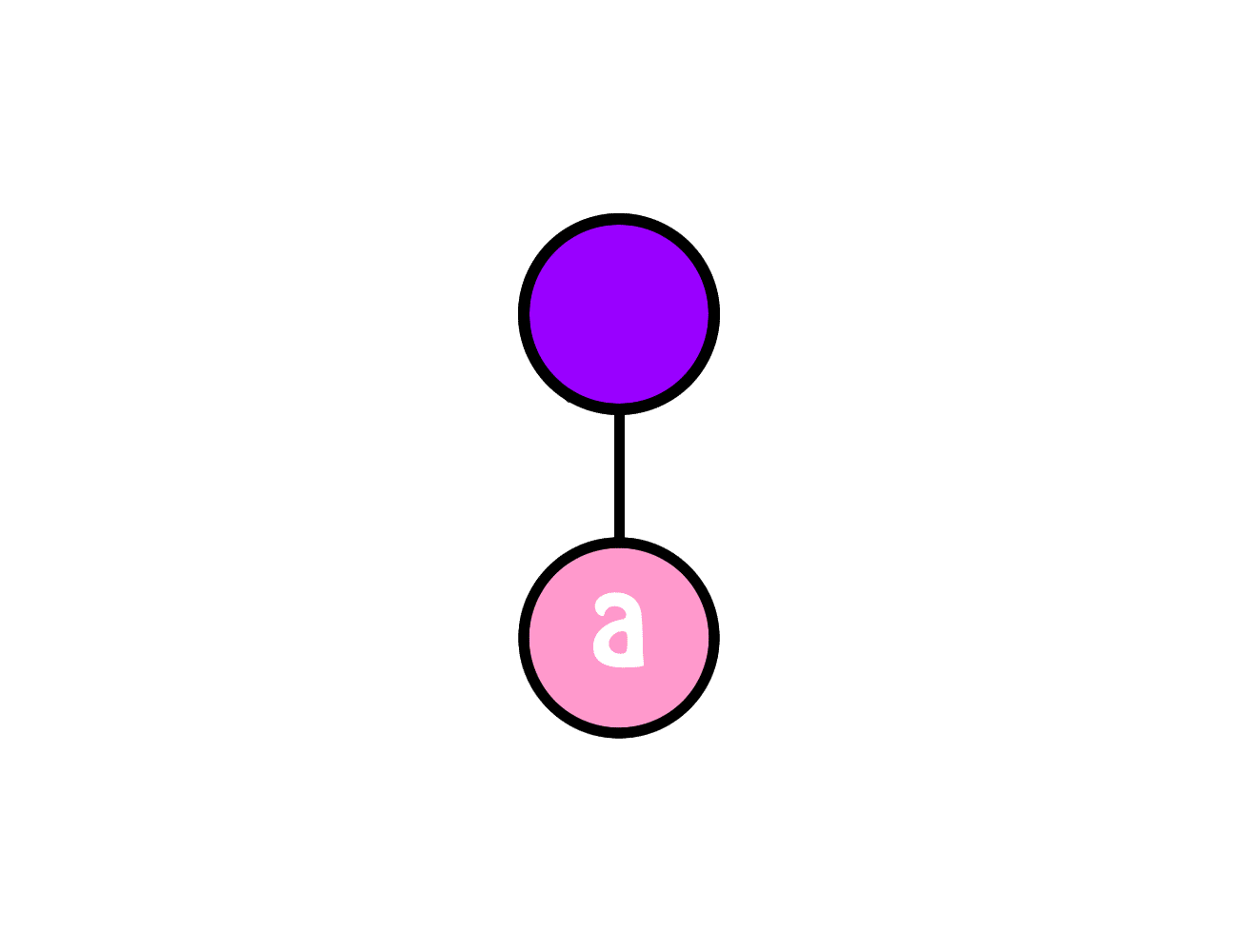

var evt = document.createEvent("MouseEvents");
evt.initMouseEvent("click", true, true, window,
0, 0, 0, 0, 0, false, false,
false, true, 0, null);
target.dispatchEvent(evt)
What does true for the 13th argument mean?

var evt = new MouseEvent({metakey: true})
target.dispatchEvent(evt)
function makeTaco(e) {
tacoFactory.createSingletonTacoInstance(e.detail)
}
tacoObserver.addEventListener("taco", makeTaco)
var f = new CustomEvent("taco", {detail: {crunchy: true}})
tacoObserver.dispatchEvent(f)

